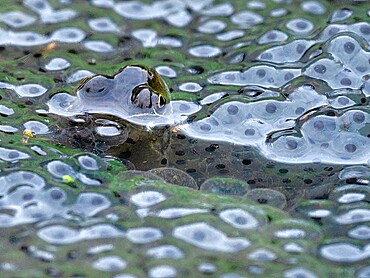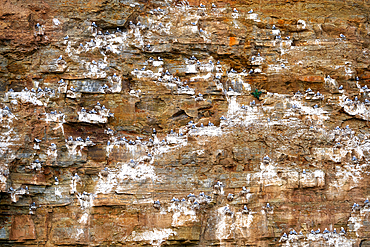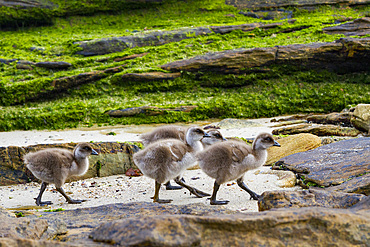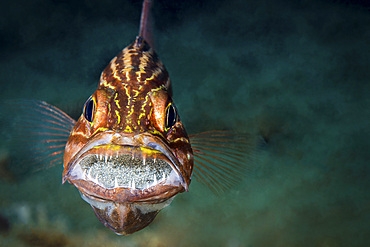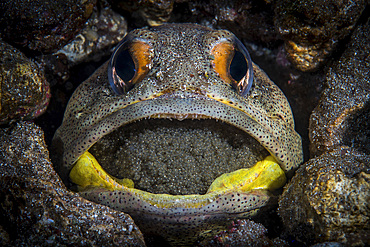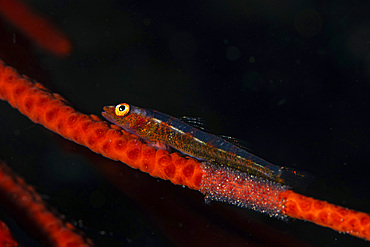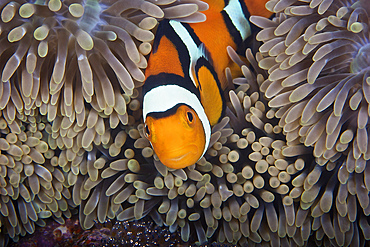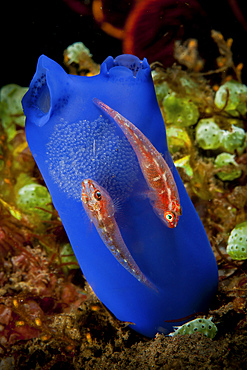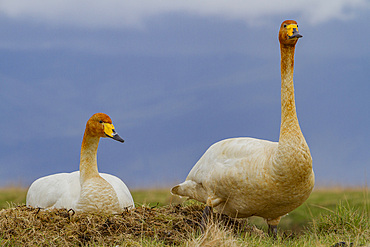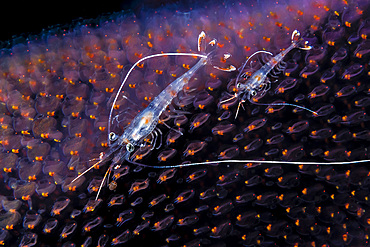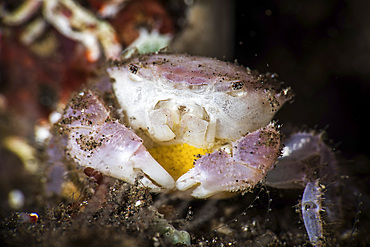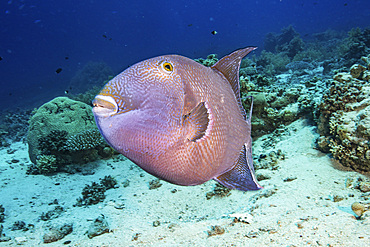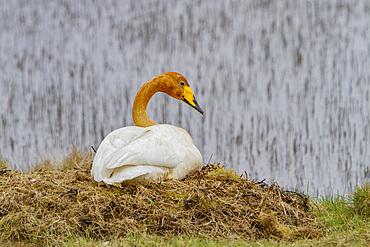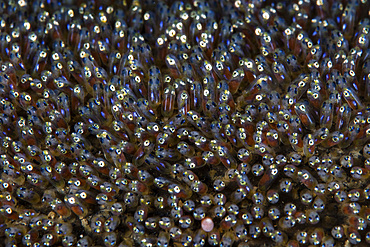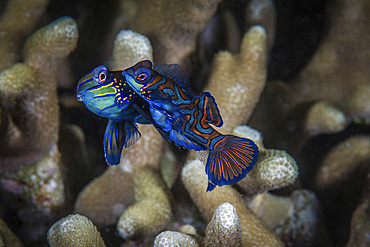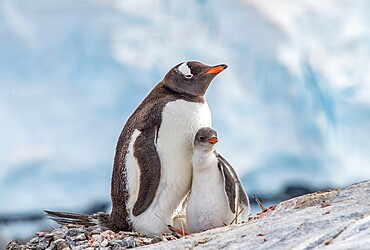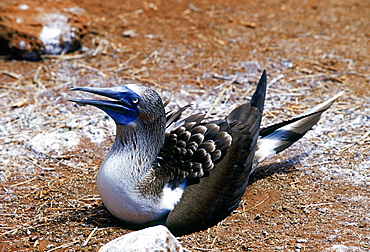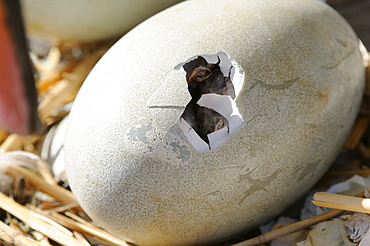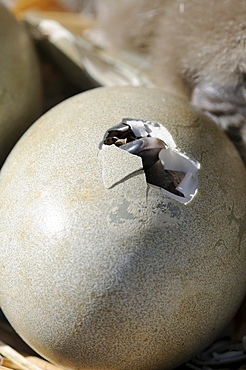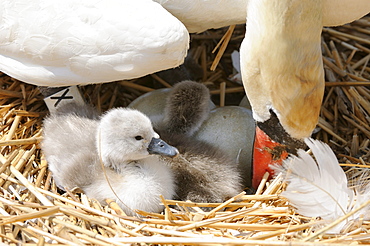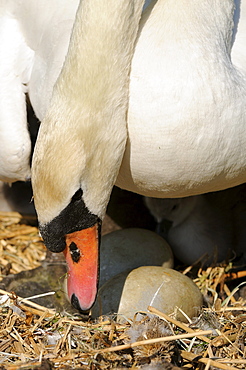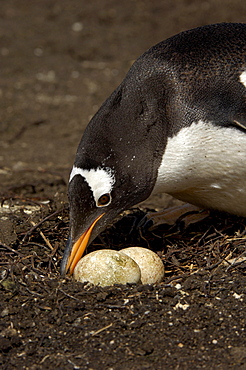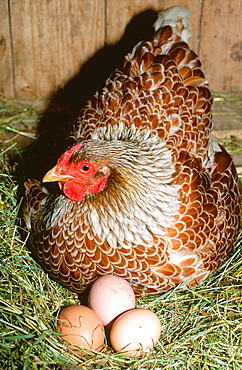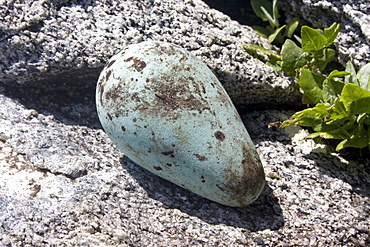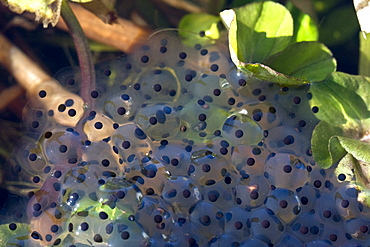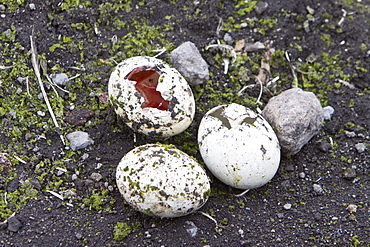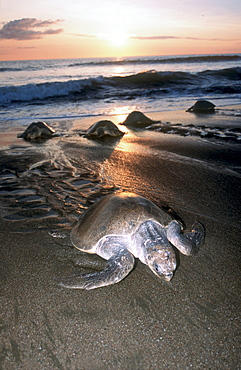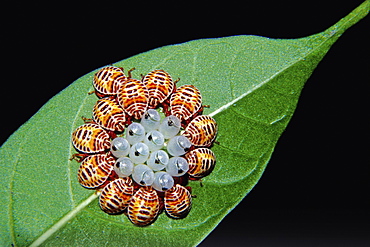Results
56 results found
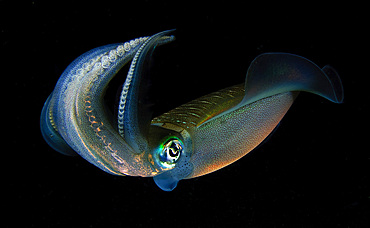
Bigfin reef squid (Sepioteuthis lessoniana), tending eggs which have been laid along a buoy line, taken at dusk, Lembeh Strait, Indonesia, Southeast Asia, Asia
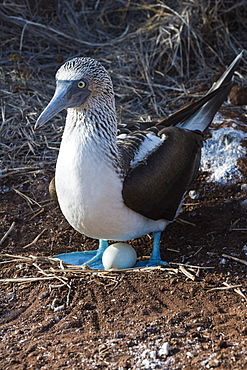
Galapagos blue-footed booby (Sula nebouxii excisa), North Seymour Island, Galapagos, UNESCO World Heritage Site, Ecuador, South America
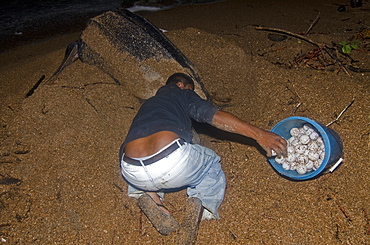
Leatherback turtle (Dermochelys coriacea) eggs being collected for transfer to a safer hatchery location, Shell Beach, Guyana, South America

Golden Rocket Frog (Anomaloglossus beebei) guarding spawn in Giant Tank Bromeliad (Brocchinia micrantha), Kaieteur National Park, Guyana, South America
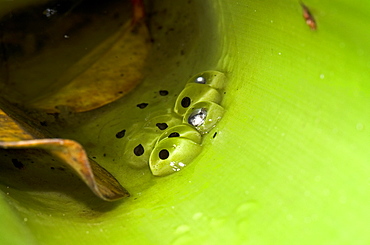
Spawn of the Golden Rocket Frog (Anomaloglossus beebei) in giant tank bromeliad (Brocchinia micrantha), Kaieteur National Park, Guyana, South America
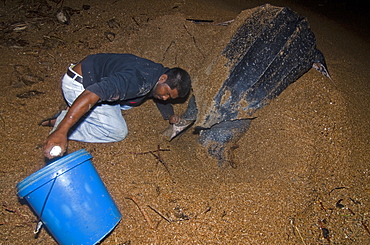
Leatherback turtle (Dermochelys coriacea) eggs being collected for transfer to a safer hatchery location, Shell Beach, Guyana, South America
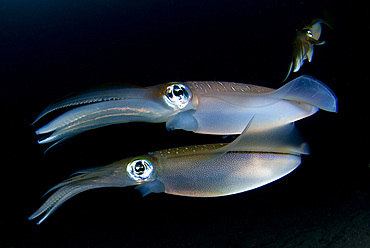
Bigfin reef squid (Sepioteuthis lessoniana), tending eggs which have been laid along a buoy line, taken at dusk, Lembeh Strait, Indonesia, Southeast Asia, Asia
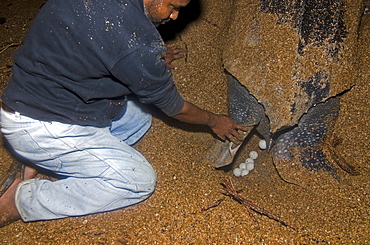
Leatherback turtle (Dermochelys coriacea) laying eggs under the watchful eyes of a conservation worker, Shell Beach, Guyana, South America
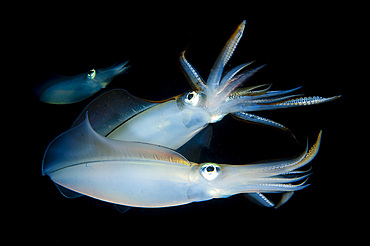
Bigfin reef squid (Sepioteuthis lessoniana) tending eggs which have been laid along a buoy line, taken at dusk, Lembeh Strait, Indonesia, Southeast Asia, Asia
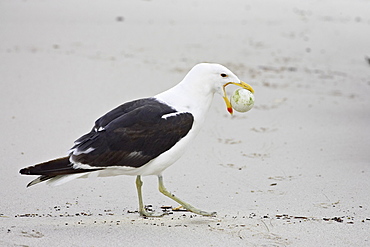
Cape gull (Larus vetula) with African penguin (Spheniscus demersus) egg, Boulders Beach, Simons Town, South Africa, Africa
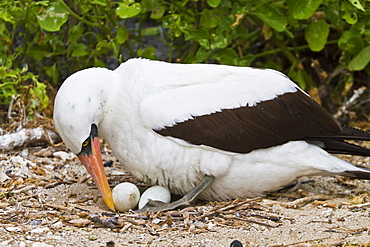
Adult Nazca booby (Sula grantii) on eggs, Punta Suarez, Santiago Island, Galapagos Islands, Ecuador, South America

Adult waved albatross (Diomedea irrorata) with single egg, Espanola Island, Galapagos Islands, Ecuador, South America
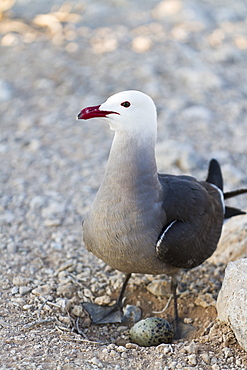
Heermann's gull (Larus heermanni) adult with egg, Isla Rasa, Gulf of California (Sea of Cortez), Mexico, North America
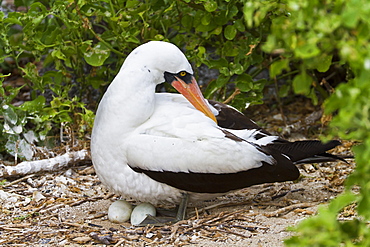
Adult Nazca booby (Sula grantii) on eggs, Punta Suarez, Santiago Island, Galapagos Islands, Ecuador, South America
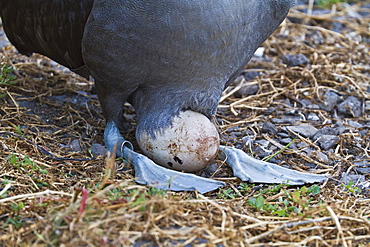
Adult waved albatross (Diomedea irrorata) with single egg, Espanola Island, Galapagos Islands, Ecuador, South America
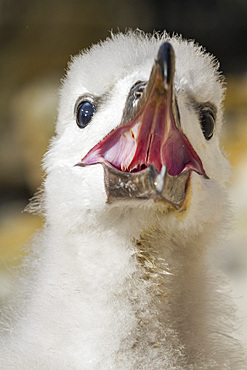
Black-browed albatross (Thalassarche melanophrys) chick, close-up, on the nest at nesting site on New Island, Falklands, South America
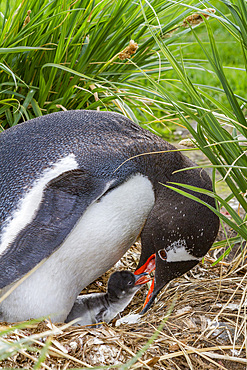
Adult gentoo penguin (Pygoscelis papua) feeding minutes-old newly hatched chick at Gold Harbor on South Georgia

Rearing laying hens in a cherry orchard, Lerchnhof Farm Inn, Valdaora di Sotto, South Tyrol (Alto Adige), Italy
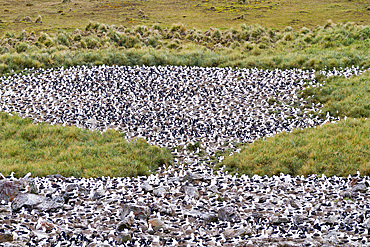
Black-browed albatross (Thalassarche melanophrys) breeding colony on Steeple Jason Island in the Falkland Islands
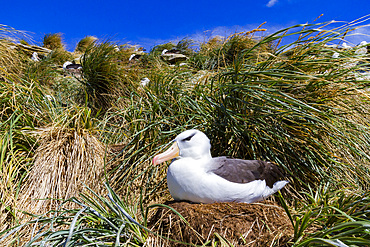
Black-browed albatross (Thalassarche melanophrys) breeding colony on Carcass Island in the Falkland Islands

Magellanic penguin (Spheniscus magellanicus) at a breeding and molting site in Estancia San Lorenzo, Argentina
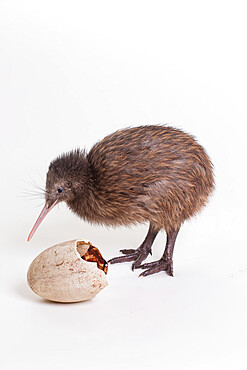
A baby kiwi bird chick next to the egg that he hatched from, Smithsonian National Zoo's Conservation Institute, Virginia, United States of America, North America
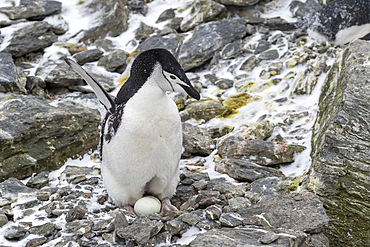
Chinstrap penguin (Pygoscelis antarcticus), on eggs at Coronation Island, South Orkney Islands, Antarctica, Polar Regions
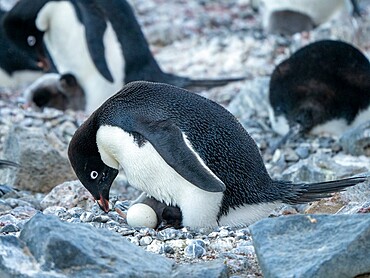
Adelie penguin (Pygoscelis adeliae), parent on a chick and egg at Brown Bluff, Antarctic Sound, Antarctica, Polar Regions

A male yellow barred jawfish (Opistognathus randalli), broods eggs in its mouth, Anilao, Philippines.
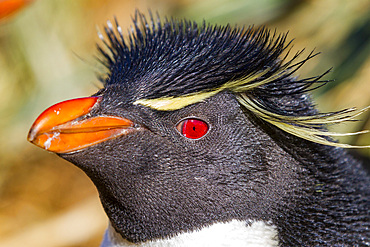
Adult rockhopper penguin (Eudyptes chrysocome chrysocome) at breeding and molting colony on New Island, Falkland Islands
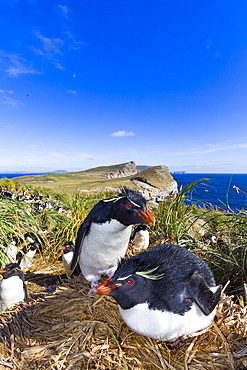
Adult rockhopper penguins (Eudyptes chrysocome chrysocome) at breeding and molting colony on New Island, Falkland Islands
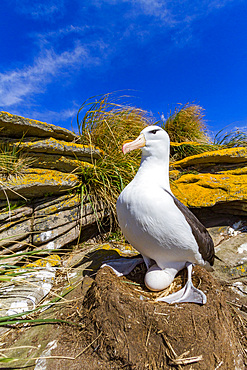
Black-browed albatross (Thalassarche melanophrys) breeding colony on Carcass Island in the Falkland Islands
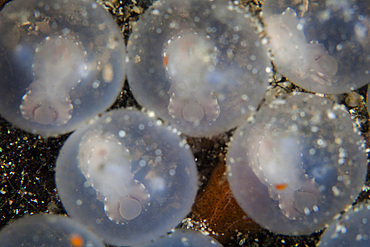
Flamboyant cuttlefish embryos, Metasepia pfefferi, wait to hatch from their eggs on the sandy seafloor in Lembeh Strait, Indonesia.
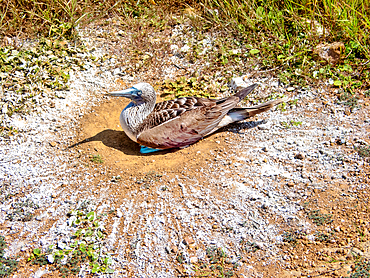
Blue footed booby (sula nebouxii) incubating eggs at Punta Pitt, San Cristobal Island, Galapagos, UNESCO, Ecuador
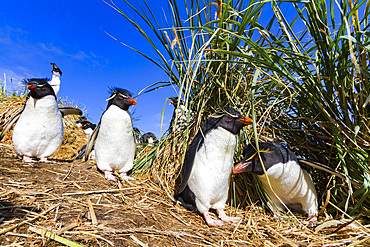
Adult rockhopper penguins (Eudyptes chrysocome chrysocome) at breeding and molting colony on New Island, Falkland Islands
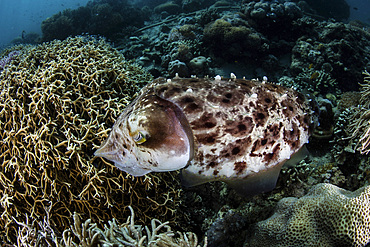
A broadclub cuttlefish (Sepia latimanus) lays eggs in a coral colony in Komodo National Park, Indonesia.
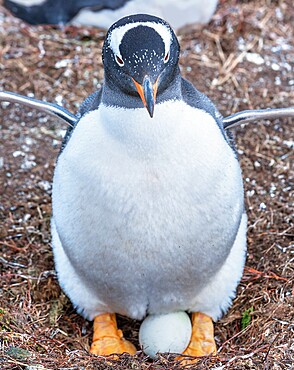
Gentoo penguin (Pygoscelis papua papua) sitting on egg, Sea Lion Island, Falkland Islands, South America
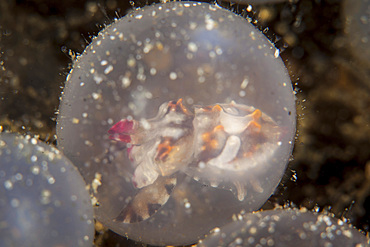
Flamboyant cuttlefish embryos, Metasepia pfefferi, wait to hatch from their eggs on the sandy seafloor in Lembeh Strait, Indonesia.
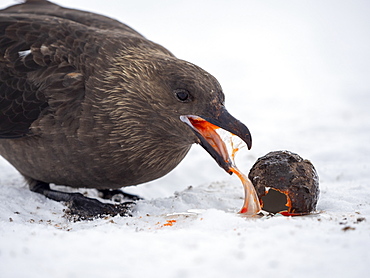
Adult Antarctic skua (Stercorarius antarcticus), eating a gentoo penguin egg at Port Lockroy, Antarctica, Polar Regions
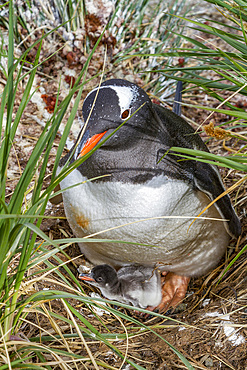
Adult gentoo penguin (Pygoscelis papua) with minutes-old newly hatched chick at Gold Harbor on South Georgia
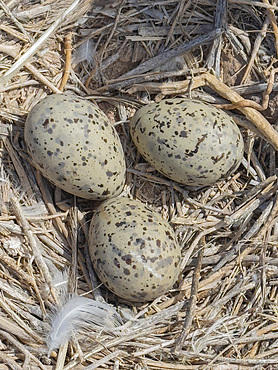
Yellow-footed gull (Larus livens), eggs in nest on Isla Coronado, Baja California Sur, Sea of Cortez, Mexico, North America

A colorful flamboyant cuttlefish, Metasepia pfefferi, crawls across the sandy seafloor in Lembeh Strait, Indonesia.
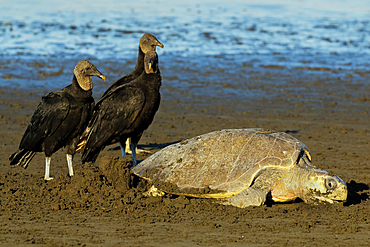
Vultures wait to steal eggs as Olive Ridley turtle digs nest at this refuge, Ostional, Nicoya Peninsula, Guanacaste, Costa Rica, Central America
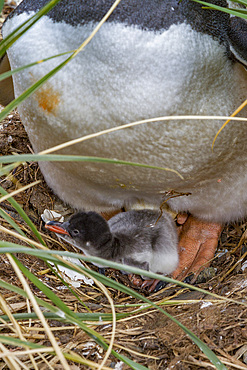
Adult gentoo penguin (Pygoscelis papua) with minutes-old newly hatched chick at Gold Harbor on South Georgia
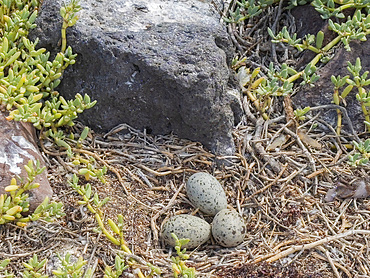
Yellow-footed gull (Larus livens), eggs in nest on Isla Coronado, Baja California Sur, Sea of Cortez, Mexico, North America
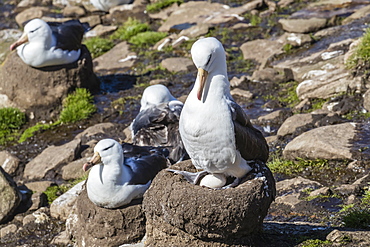
Black-browed albatross (Thalassarche melanophris) on egg in breeding colony on Saunders Island, Falkland Islands, South America
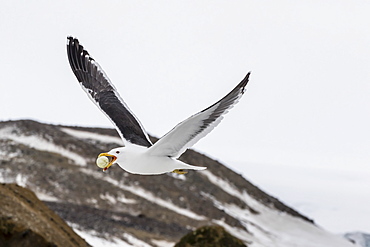
Adult kelp gull (Larus dominicanus) with stolen Adelie penguin egg in its bill at Brown Bluff, Antarctica, Polar Regions

Loggerhead turtle (Caretta caretta), laying eggs at night, Banga Nek, Kwazulu Natal, South Africa, Africa
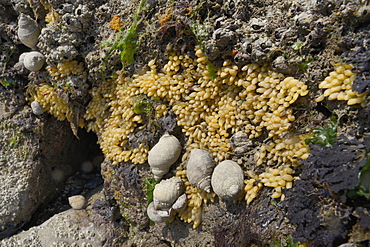
Dog whelks (Nucella lapillus) and clusters of their eggs attached to a rock exposed at low tide, The Gower Peninsula, Wales, United Kingdom, Europe
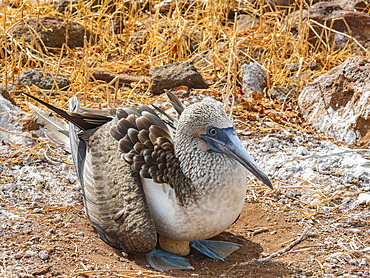
Adult Blue-footed booby (Sula nebouxii) on egg on North Seymour Island, Galapagos Islands, UNESCO World Heritage Site, Ecuador, South America
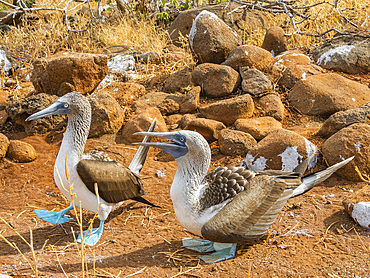
Adult Blue-footed boobies (Sula nebouxii) pair on egg on North Seymour Island, Galapagos Islands, UNESCO World Heritage Site, Ecuador, South America
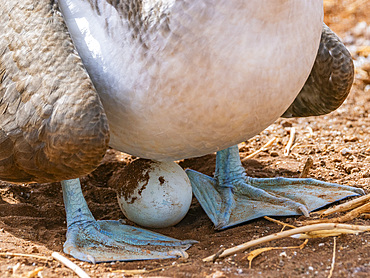
Adult Blue-footed booby (Sula nebouxii) on egg on North Seymour Island, Galapagos Islands, UNESCO World Heritage Site, Ecuador, South America
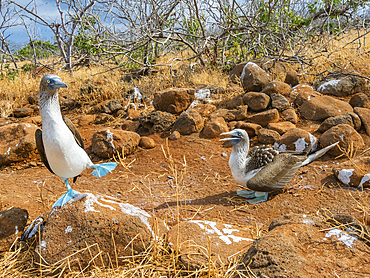
Adult Blue-footed boobies (Sula nebouxii) pair on egg on North Seymour Island, Galapagos Islands, UNESCO World Heritage Site, Ecuador, South America
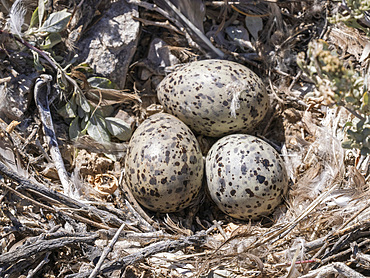
Heermann's gull (Larus heermanni), egg clutch detail at breeding colony on Isla Rasa, Baja California, Mexico, North America
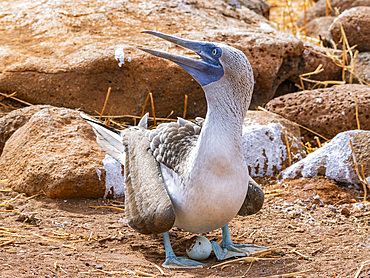
Adult Blue-footed booby (Sula nebouxii) on egg on North Seymour Island, Galapagos Islands, UNESCO World Heritage Site, Ecuador, South America
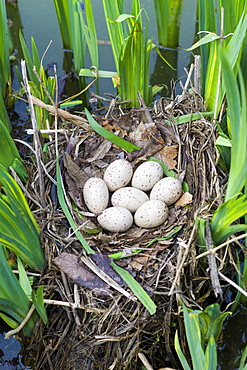
Moorhen's nest, with seven eggs laid, made with twigs among iris plants in a pond in Swinbrook, the Cotswolds, Oxfordshire, UK
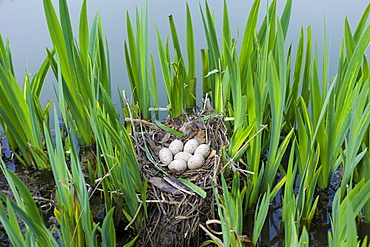
Moorhen's nest, with seven eggs laid, made with twigs among iris plants in a pond in Swinbrook, the Cotswolds, Oxfordshire, UK
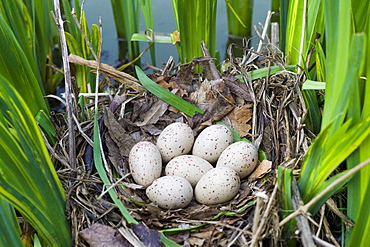
Moorhen's nest, with seven eggs laid, made with twigs among iris plants in a pond in Swinbrook, the Cotswolds, Oxfordshire, UK
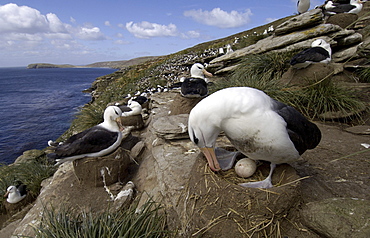
Black-browed albatross (diomedea melanophoris) falkland islands, sat on nest, showing egg and colony behind
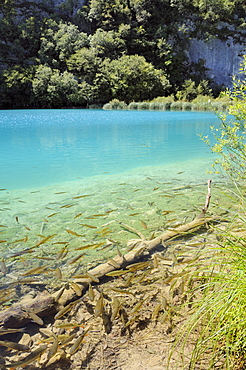
European Chub (Squalius or Leuciscus cephalus) shoal in the clear water of Plitvice Lakes National Park, Croatia. MORE INFO: Chub traditionally inhabit more lowland waters in Croatia, but they have proliferated since being introduced to Plitvice Lakes, which are warmer than in the past due to climate change, and they have reduced native trout populations considerably by predating their eggs.
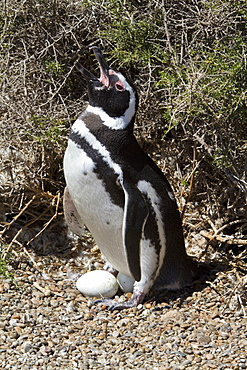
Magellanic penguins (Spheniscus magellanicus) at a breeding and molting site in Estancia San Lorenzo on Peninsula Valdez, Patagonia, Argentina, South Atlantic
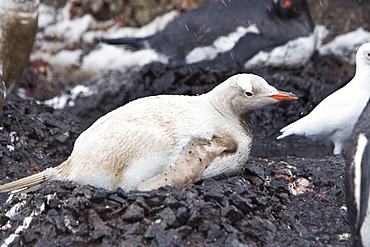
An adult Leucistic Gentoo penguin (Pygoscelis papua) nesting and incubating two eggs at Gabriel Gonzales Videla Research Station, Antarctica
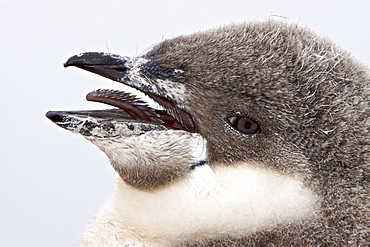
Chinstrap penguin (Pygoscelis antarctica) chick head detail at colony on Useful Island near the Antarctic Peninsula. There are an estimated 2 million breeding pairs of chinstrap penguins in the Antarctic peninsula region alone, perhaps as many as 7.5 million breeding pairs in all of Antarctica. Their name derives from the narrow black band under their heads which makes it appear as if they are wearing black helmets, making them one of the most easily identified types of penguin. Other names for them are "Ringed Penguins", "Bearded Penguins", and "Stonecracker Penguins" due to their harsh call. They grow to 68 cm (27 in). The average adult weight of a Chinstrap Penguin is 4.5 kg (10 lbs). Weight can range from 3 to 6 kg (6.6-13.2 lbs), with males being slightly larger and weight varying based on where the penguin is in the breeding cycle. Their diet consists of krill, shrimp, and fish. On land they build circular nests from stones, and lay two eggs, which are incubated by both the male and the female for shifts of five to ten days. They can also breed on icebergs, though they prefer non-icy conditions. The chicks hatch after about 35 days, and have fluffy gray backs and white fronts. The chicks stay in the nest for 20?30 days before they go to join a creche. At around 50?60 days old, they moult, gaining their adult plumage and go to sea. The Chinstrap Penguin was first described by German naturalist Forster in 1781. Its specific epithet was often seen as antarctica, however a 2002 review determined the genus Pygoscelis was masculine, and hence the correct binomial name is Pygoscelis antarcticus.
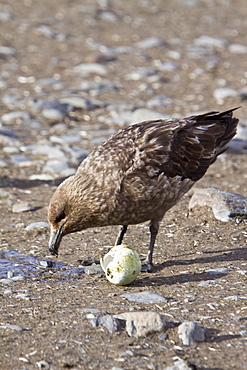
An adult Brown Skua (Catharacta antarctica) with a stolen penguin egg on South Georgia Island in the Southern Ocean

Wild Slaty-backed Gull (Larus schistisagus) , nesting, Tyuleniy Island, Russia, Asia MORE INFO: Gulls circle the Kittywakes colony in hope that if they fly, the gulls can swoop in and grab their exposed eggs

common seadragon (phyllopteryx taeniolatus) voracious hunters, camouflage looking like a piece of floating weed, unique to Australia, wild, dusk, shore diving, sand, marine park, metropolitan, Perth city, Indian Ocean, cool temperate waters of Western Australia. MORE INFO: amongst kelp, female seadragon deposits up to 150 eggs into the spongy, soft tissue under the tail of the male seadragon. Once fertilised, eggs incubate about 8 weeks. On hatching, miniature seadragons are independent and will start eating almost immediately.
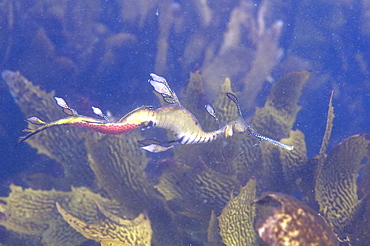
common seadragon (phyllopteryx taeniolatus) voracious hunters, camouflage looking like a piece of floating weed, unique to Australia, wild, dusk, shore diving, sand, marine park, metropolitan, Perth city, Indian Ocean, cool temperate waters of Western Australia. MORE INFO: amongst kelp, female seadragon deposits up to 150 eggs into the spongy, soft tissue under the tail of the male seadragon. Once fertilised, eggs incubate about 8 weeks. On hatching, miniature seadragons are independent and will start eating almost immediately.
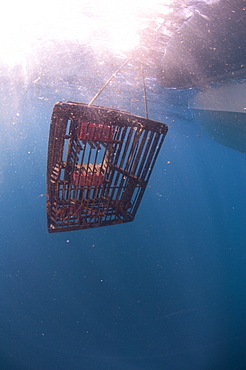
cray pot, wild, day, Western Australian rock lobster (panulirus cygnus), marine protected area, free-diving off Rottnest Island, Western Australia, Indian Ocean. MORE INFO: checking pots for crayfish, catch and release if to small or females with eggs.
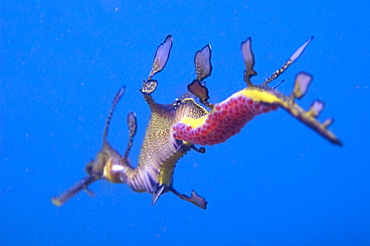
common seadragon (phyllopteryx taeniolatus) voracious hunters, camouflage looking like a piece of floating weed, unique to Australia, wild, dusk, shore diving, sand, marine park, metropolitan, Perth city, Indian Ocean, cool temperate waters of Western Australia. MORE INFO: blue water, female seadragon deposits up to 150 eggs into the spongy, soft tissue under the tail of the male seadragon. Once fertilised, eggs incubate about 8 weeks. On hatching, miniature seadragons are independent and will start eating almost immediately.
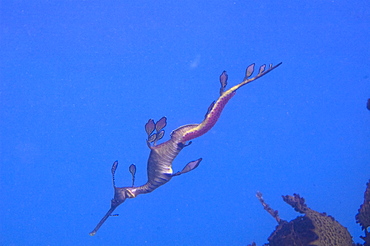
common seadragon (phyllopteryx taeniolatus) voracious hunters, camouflage looking like a piece of floating weed, unique to Australia, wild, dusk, shore diving, sand, marine park, metropolitan, Perth city, Indian Ocean, cool temperate waters of Western Australia. MORE INFO: amongst kelp, female seadragon deposits up to 150 eggs into the spongy, soft tissue under the tail of the male seadragon. Once fertilised, eggs incubate about 8 weeks. On hatching, miniature seadragons are independent and will start eating almost immediately.
